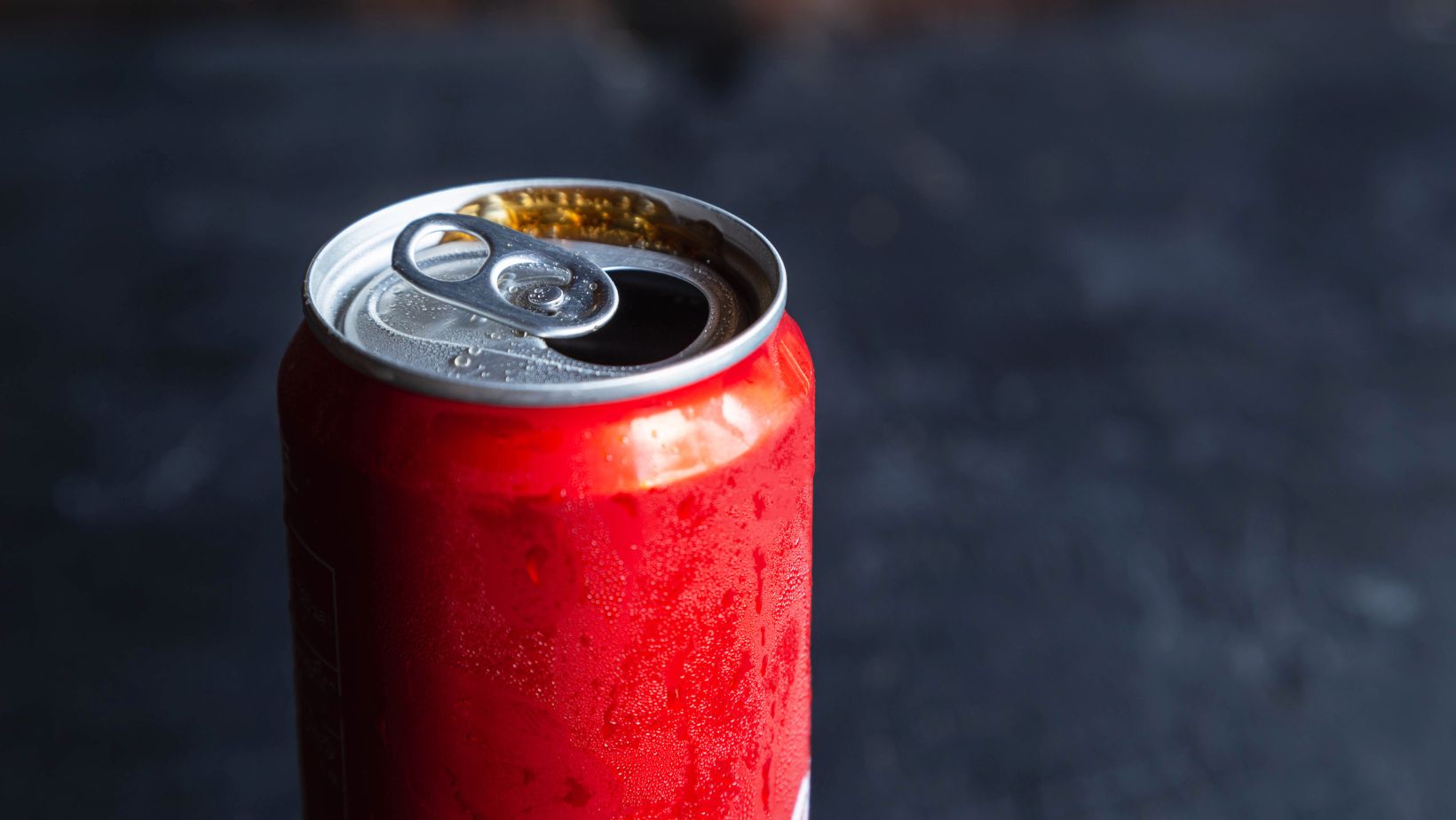How Many Ml in a Can of Pop: Knowing The Soda Can Sizes

Have you ever wondered how much liquid is inside a pop can? It’s a common question that often goes unanswered. Well, let me shed some light on this mystery for you. A standard pop can typically contains 355 milliliters (ml) of liquid.
Now, you might be thinking, why is it important to know the exact measurement? Understanding the volume of a can of pop can be useful in various situations. For instance, if you’re watching your calorie intake or trying to keep track of your fluid consumption, knowing the ml content will help you make informed choices.
How Many Ml in a Can of Pop
When it comes to enjoying a refreshing can of pop, understanding the standard size is essential. Let’s explore the common measurements and variations you will likely encounter.
The Typical Volume
A standard pop can typically holds 355 milliliters (ml) or approximately 12 fluid ounces (fl oz) of liquid. This volume has become widely accepted as the industry norm for canned beverages.
Variations in Size
While 355 ml is considered the standard, it’s important to note that there are some variations in can sizes depending on the specific brand and product. Here are a few examples:
- Some energy drinks may come in larger cans, ranging from 473 ml (16 fl oz) up to 710 ml (24 fl oz).
- Mini cans are also available, holding around 222 ml (7.5 fl oz), often marketed as portion-controlled options.
- Certain specialty or limited-edition flavors might be packaged in unique sizes, so checking the label for precise information is always good.
Why Standard Sizes Matter
Standardization plays an important role in manufacturing, distribution, and consumer convenience. It allows companies to streamline production processes and ensures consistent pricing strategies across different brands.
From a consumer standpoint, knowing the standard size helps with portion control and calorie counting when enjoying your favorite carbonated beverage. It also aids in comparing prices between different brands or evaluating value for money.
Remembering Measurements
If you ever find yourself needing quick conversions between milliliters and fluid ounces, here’s a handy reference table:
Milliliters (ml)
Fluid Ounces (fl oz)
355
12
473
16
710
24

Converting Fluid Ounces to Milliliters
When converting fluid ounces to milliliters, it’s important to understand the conversion factor between these two units clearly. This knowledge can be particularly useful when you’re trying to determine how many milliliters are in a can of pop or any other beverage.
To convert fluid ounces to milliliters, you must use the following conversion factor: 1 fluid ounce equals approximately 29.57 milliliters. This means that for every fluid ounce, there are about 29.57 milliliters.
Here’s how you can calculate the number of milliliters in a given amount of fluid ounces:
- Begin by determining the number of fluid ounces you want to convert.
- Multiply this number by 29.57 (the conversion factor) to get the equivalent value in milliliters.
- Round off the result if necessary.
For example, if you have 12 fluid ounces and want to know how many milliliters that is, you would perform the following calculation:
12 fluid ounces * 29.57 milliliters/fluid ounce = 354.84 milliliters
So, in this case, there would be approximately 354.84 milliliters in 12 fluid ounces.
It’s worth noting that this conversion factor is an approximation since both fluid ounces and milliliters are not exact measurements like grams or meters. However, it provides a close enough estimate for most practical purposes.
Final Thoughts
So next time you grab a refreshing can of soda from the fridge, remember that it holds approximately 355 ml of fizzy goodness. Armed with this knowledge, you’ll be able to quench your thirst and satisfy your curiosity simultaneously. Cheers!



